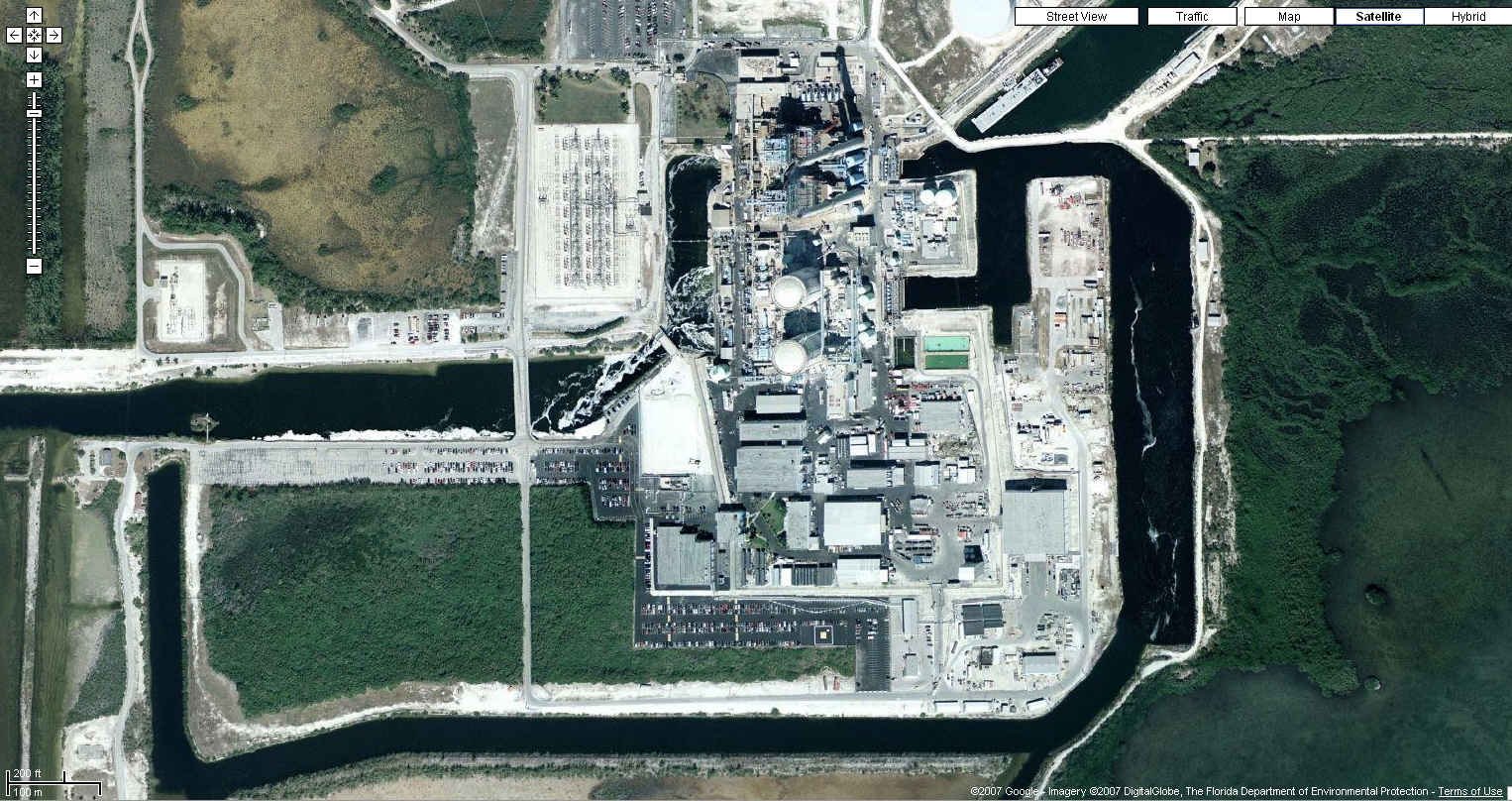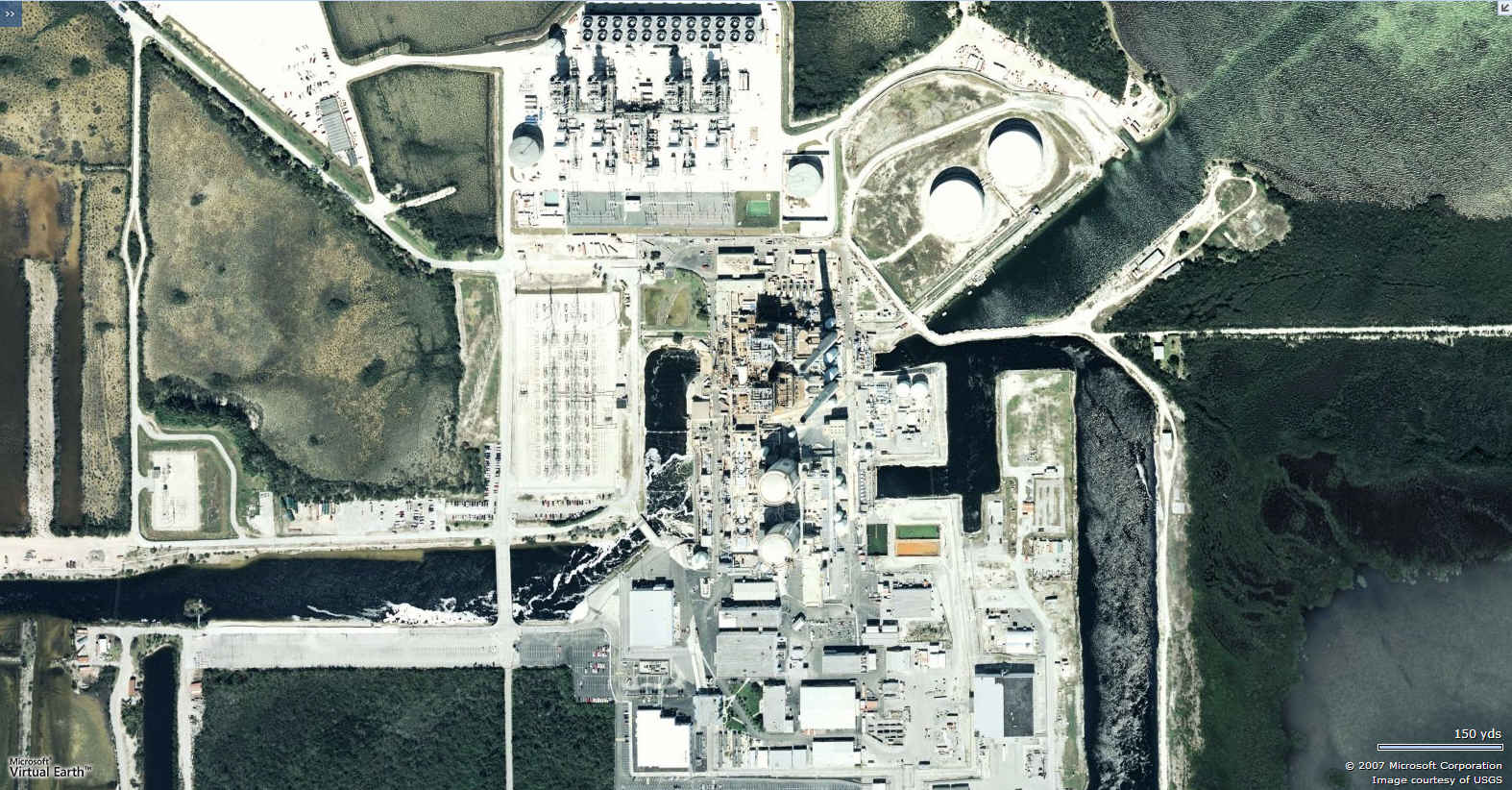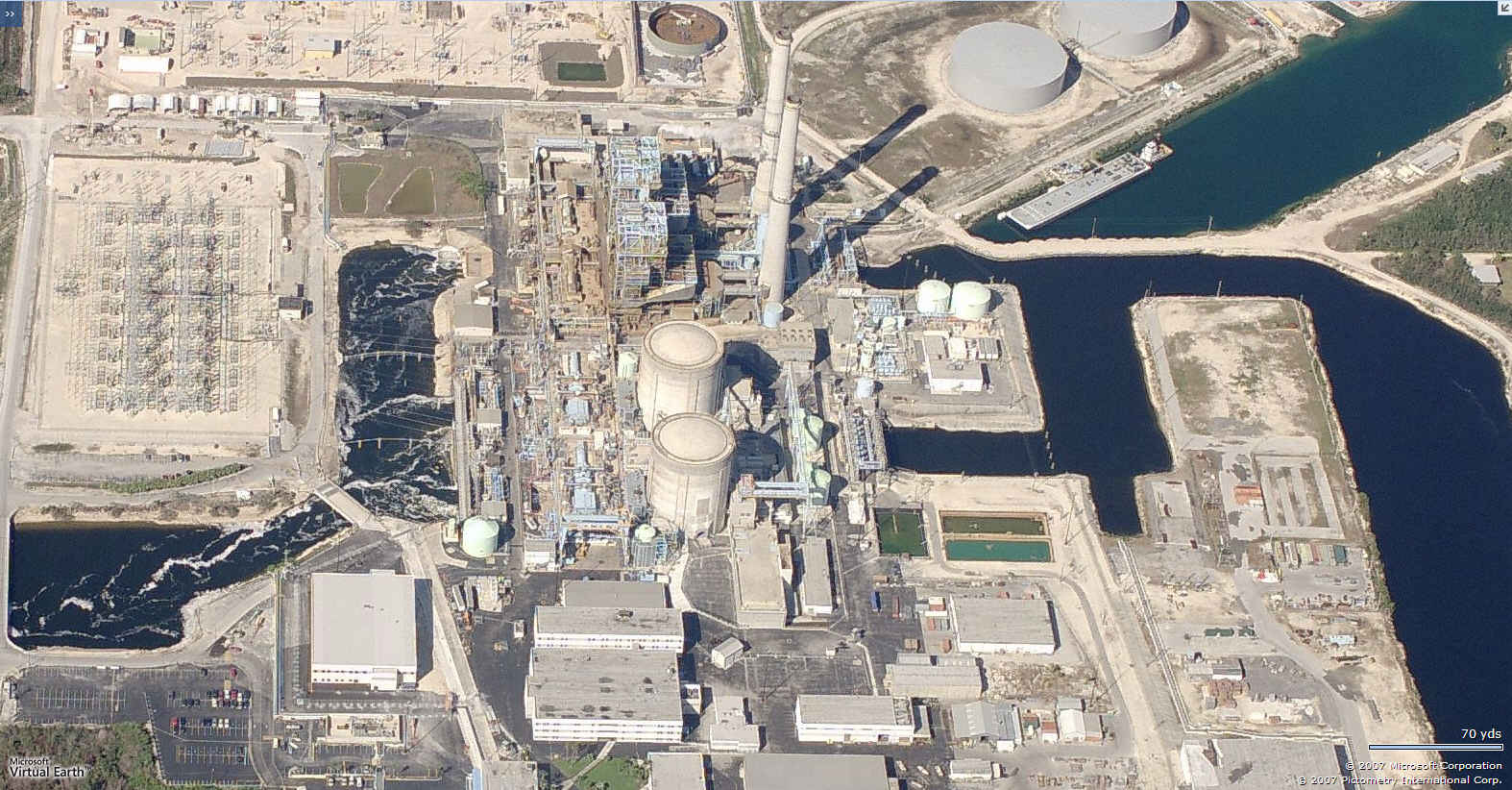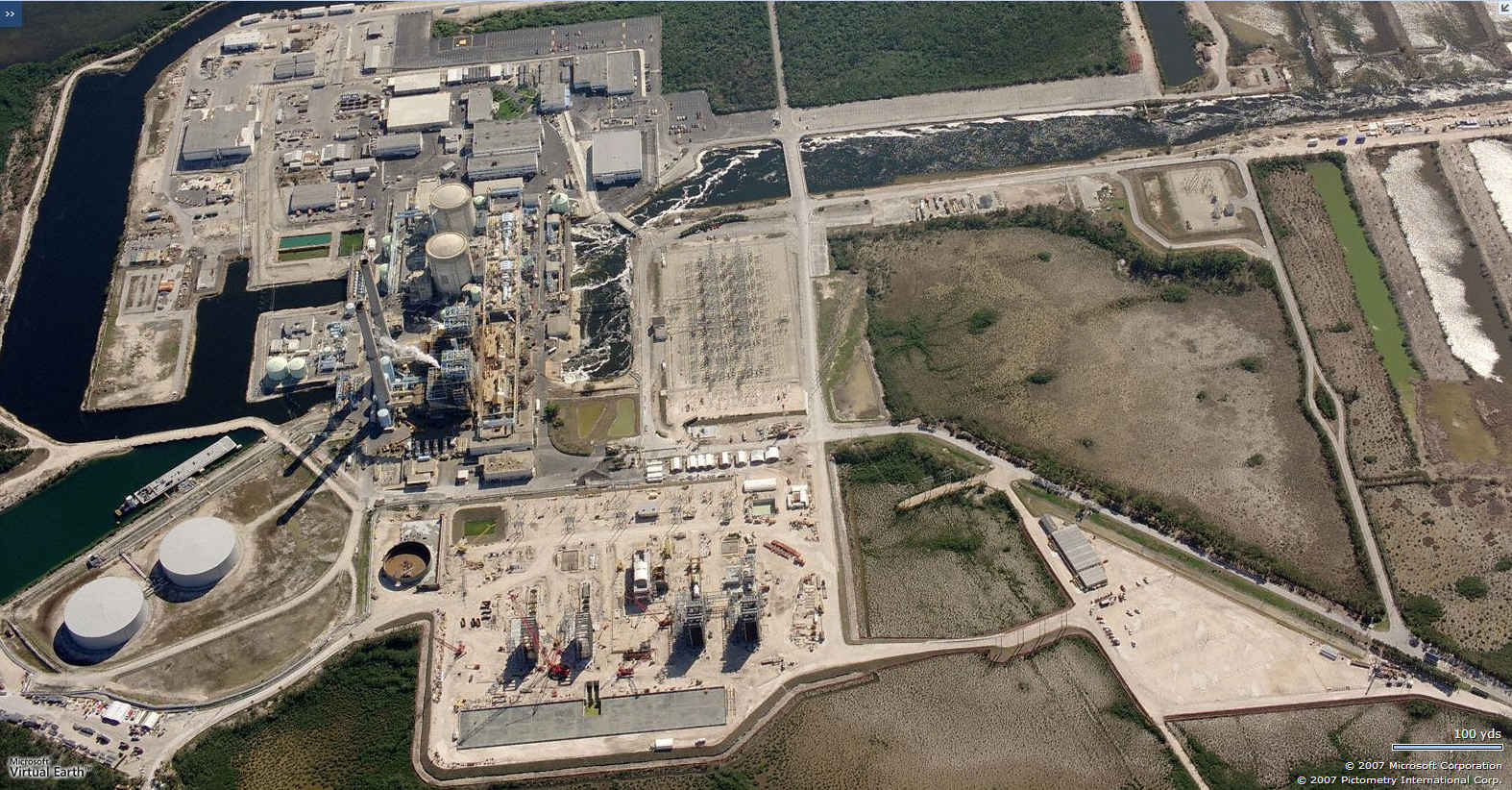Nuclear workers website on Turkey Point (sleeping Wackenhut guards, vandalism,
waste, leaks, sewage):
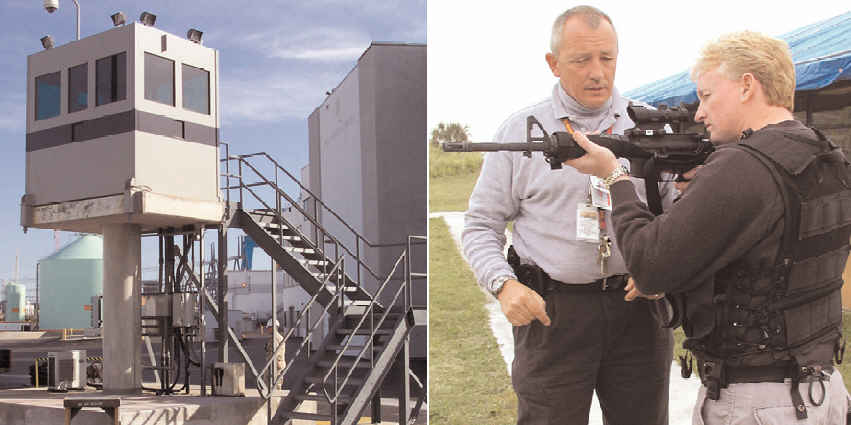
http://www.fpl.com/environment/nuclear/turkey_point_faq.shtml#TopOfPage
About security
What kind of security is in place to protect the plant? FPL has always had
a comprehensive security program at its nuclear power plants, and extensive
measures are in place to ensure the security of our facility. Our security
plan is very detailed in how our security force is organized and what actions
would be taken to protect the plant. Although we are not allowed to discuss
the specifics of our plan, our comprehensive security measures at Turkey
Point are designed to protect public health and safety.
Does FPL communicate with other law enforcement agencies? FPL nuclear security
programs and personnel are part of a larger local and national security network
and are tested routinely to ensure the safety of our employees, our customers
and the communities in which our plants operate. Plant security personnel
coordinate with local law enforcement agencies, which also participate in
onsite security exercises. We also keep in close communication with the FBI,
Coast Guard and other government agencies relating to security.
How do you test your security program? Each of our nuclear power plants conducts
tactical security drills periodically, and the Nuclear Regulatory Commission
evaluates these drills. Drills are quite rigorous, and FPL has successfully
completed each drill.
What physical barriers and emergency equipment protect the Turkey Point nuclear
reactors? The Turkey Point nuclear reactors are housed in massive
steel-reinforced concrete reactor containment buildings that are designed
to withstand earthquakes, floods and extreme weather conditions, such as
hurricanes and tornadoes.
The reactor vessel itself is made of solid steel and is housed within the
containment building. Additionally, the uranium fuel pellets inside the reactor
are all encased in zircaloy, an extremely strong metal alloy. Redundant safety
shutdown systems are also available to respond in the event of an emergency.
The Electric Power Research Institute, an independent, non-profit energy
research group, also recently analyzed aircraft impacts on nuclear plant
structures that house reactor fuel. The study results determined that the
structures would not be breached, the fuel would be protected and there would
be no radiation release. In addition to the containment building, other
protective barriers include concrete shields within the building and the
5- to 9-inch-thick steel reactor vessel.


